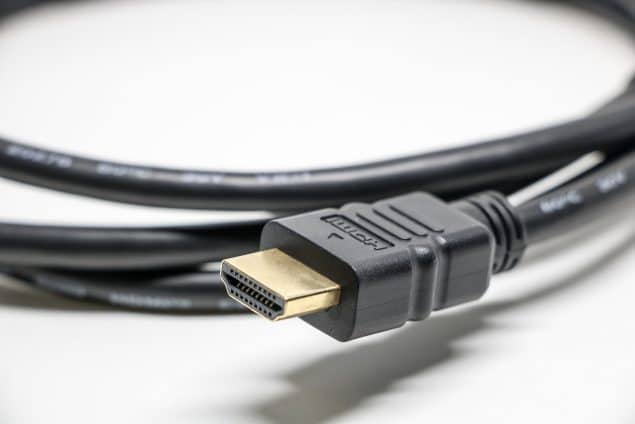Home » News Stories » D-Sub Vs HDMI Cables
D-Sub Vs HDMI Cables
https://www.whatjobs.com/news/news-stories/d-sub-vs-hdmi-cables

By Hugh Fort in News Stories, posted December 5, 2022

When it comes to computing and gaming, it is important to have a high degree of knowledge of cables.
You will always want to use the best available cables for the strongest connection, the best experience, and the least hassle.
One debate that is common in the computing world is d-sub versus HDMI cables and this post will look at all that you need to know so that you can make the right decision when choosing what cable to use.
D-Sub & HDMI Cables
A d-sub is a common connector that gets its name from the D-shaped metal shield. They are often used to connect to monitors and in these situations, they are also known as VGA cables.
Generally, d-sub cables are used for older computing systems but they are still popular today and can be a good option when looking to link computers and other devices. They also attach with the use of two screws at the side, which can create a strong and stable connection.
HDMI cables are very common these days with HDMI ports as standard on most devices. HDMI stands for high-definition multimedia interface and is used for transferring high-definition audio and video, which makes them a popular choice for computers, televisions, and video gaming and there are a few types available.
Advantages & Disadvantages of D-Sub Cables
HDMI is more common these days, but there are still many good reasons to use d-sub cables from a reputable supplier. One of the key advantages of these cables is that they are rugged and hardwearing, which makes them a good choice for harsh environments. They also form a strong connection as they screw in place, which means that the cable should always stay connected.
In terms of drawbacks, they can take a lot longer to plug in and unplug compared to HDMI and they are not as lightweight which means that they are not as portable and this could be problematic in certain situations.
Advantages & Disadvantages of HDMI Cables
HDMI cables are widespread these days and this is for good reason. Signals are transmitted without any compression, so you can enjoy high-definition audio and video with these cables. They are also quick and easy to plug in and unplug but still provide a strong and stable connection. They are also lightweight and portable, so ideal for those on the move.
In terms of drawbacks, HDMI cables can be on the expensive end and HDMI category 2 does not support transmission over 10 meters, which can sometimes create issues.
As you can see, both d-sub and HDMI cables can work well in different applications and both are good options for connectivity. There are benefits and drawbacks to both, so you should always consider the application when deciding what cable is best to use.











